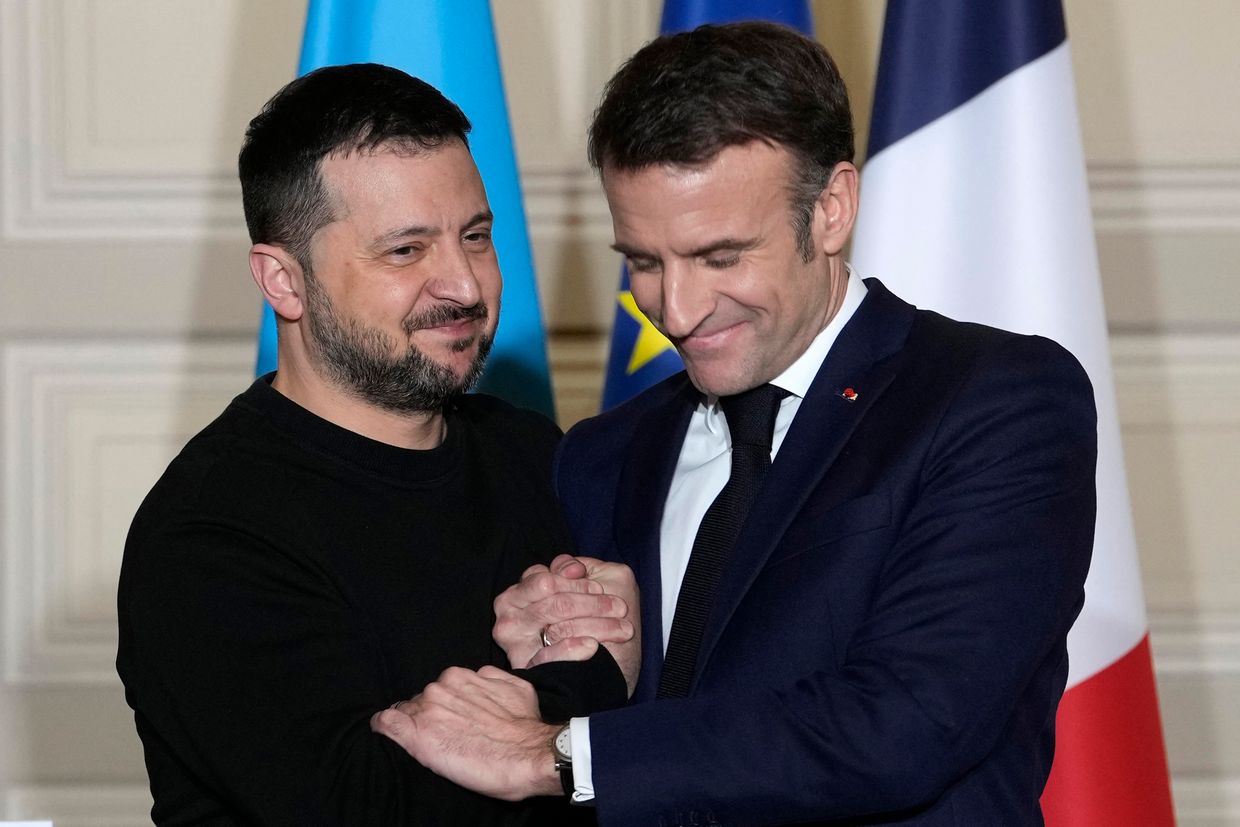However, as we know, weapons procurement can take years depending on the system, and it’s a continuous cat-and-mouse game: when a new weapons system is introduced to the battlefield, it is initially very successful until countermeasures are developed to diminish its effectiveness.
We have seen this throughout the war in Ukraine. Whether it’s technological tools, electronic warfare, or changes in tactical and technical procedures, such as moving bases further from the frontline or shifting logistics chains, the battlefield is in constant flux. Similarly, in the drone industry, early drones operated on one or two frequencies. Today, drones have significantly more frequencies, allowing them to switch if jamming occurs. Fiber-optic cables are also being used for drone operations, making electronic interference impossible—although extreme cold can hinder their use.
Interviewer: Isn’t it logistically cumbersome to have a cable between the drone and its operator?
Colonel Ants Kiviselg: It certainly is cumbersome. However, in some combat environments, it’s a reliable option. Both sides in the conflict are using this method at the frontline.
Interviewer: What are the main changes in Russian warfare, or the key lessons learned by the Military Intelligence Center from the war in Ukraine?
Colonel Ants Kiviselg: In the early phase of the conflict in 2022, the Russian side attempted maneuvers to capture territories using armored vehicles and inter-branch cooperation. However, we saw that even in the first year of the war, they failed in these efforts. We all remember the 50-60 kilometer-long convoy north of Kyiv, which they were unable to secure or supply.









/nginx/o/2025/01/15/16597426t1h684b.jpg)







